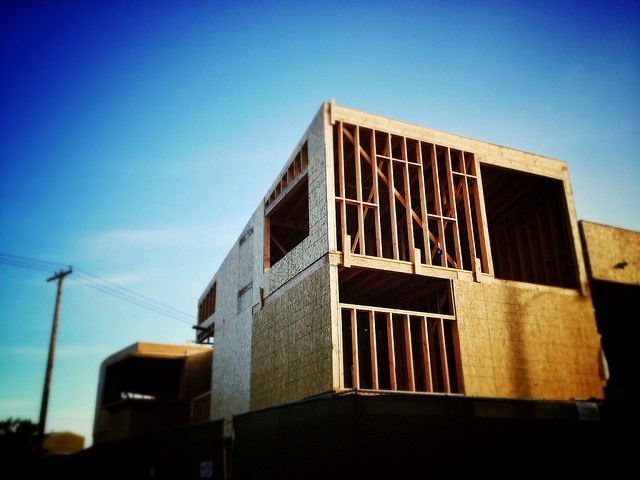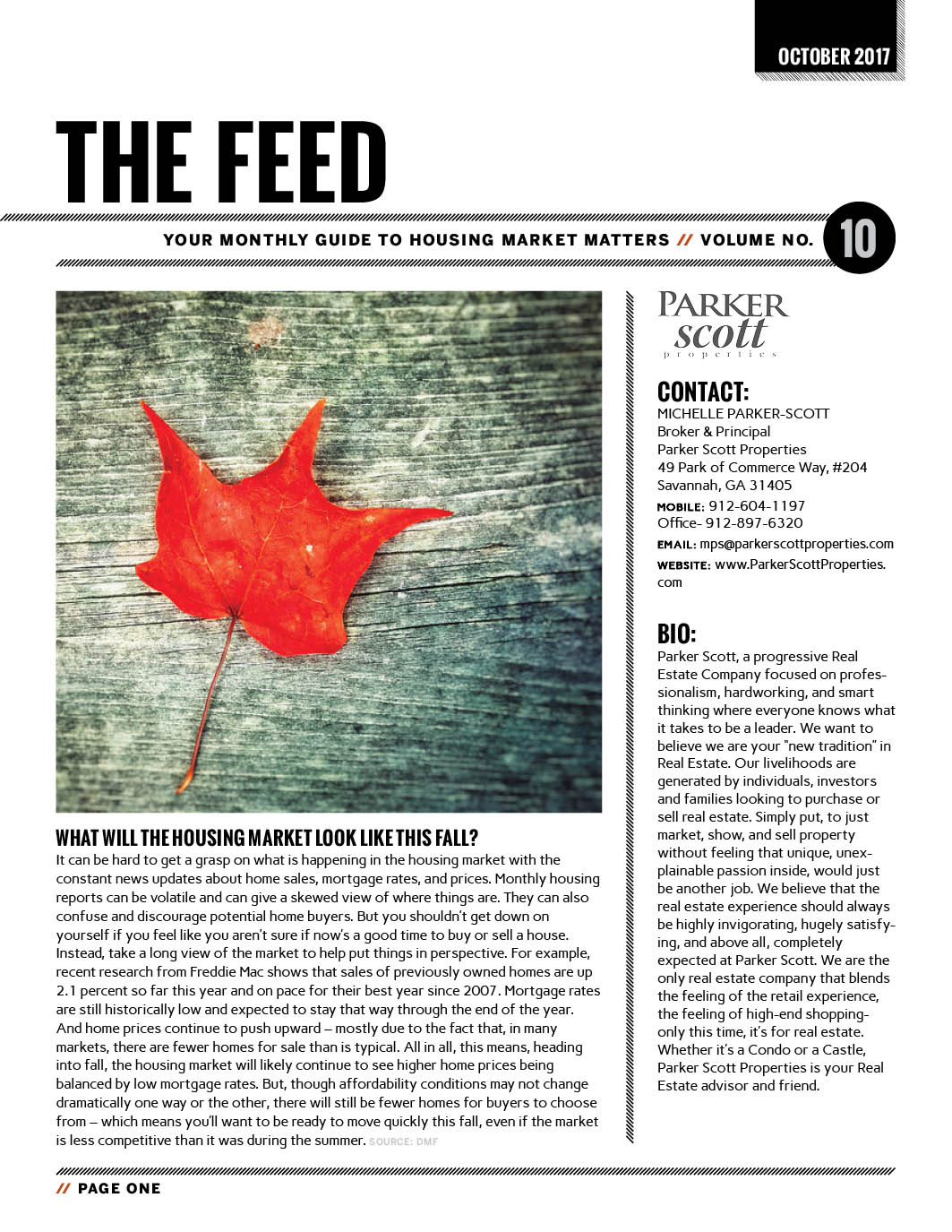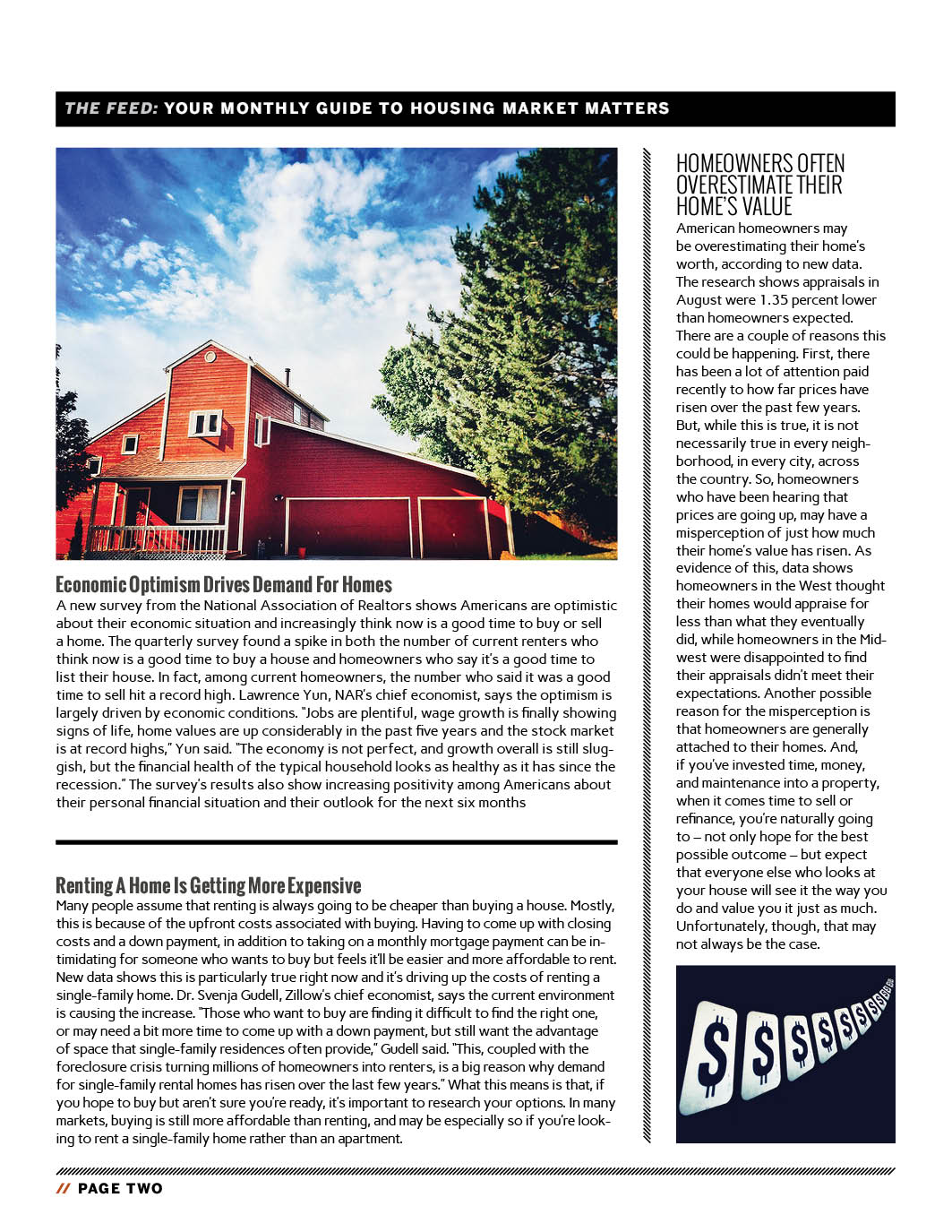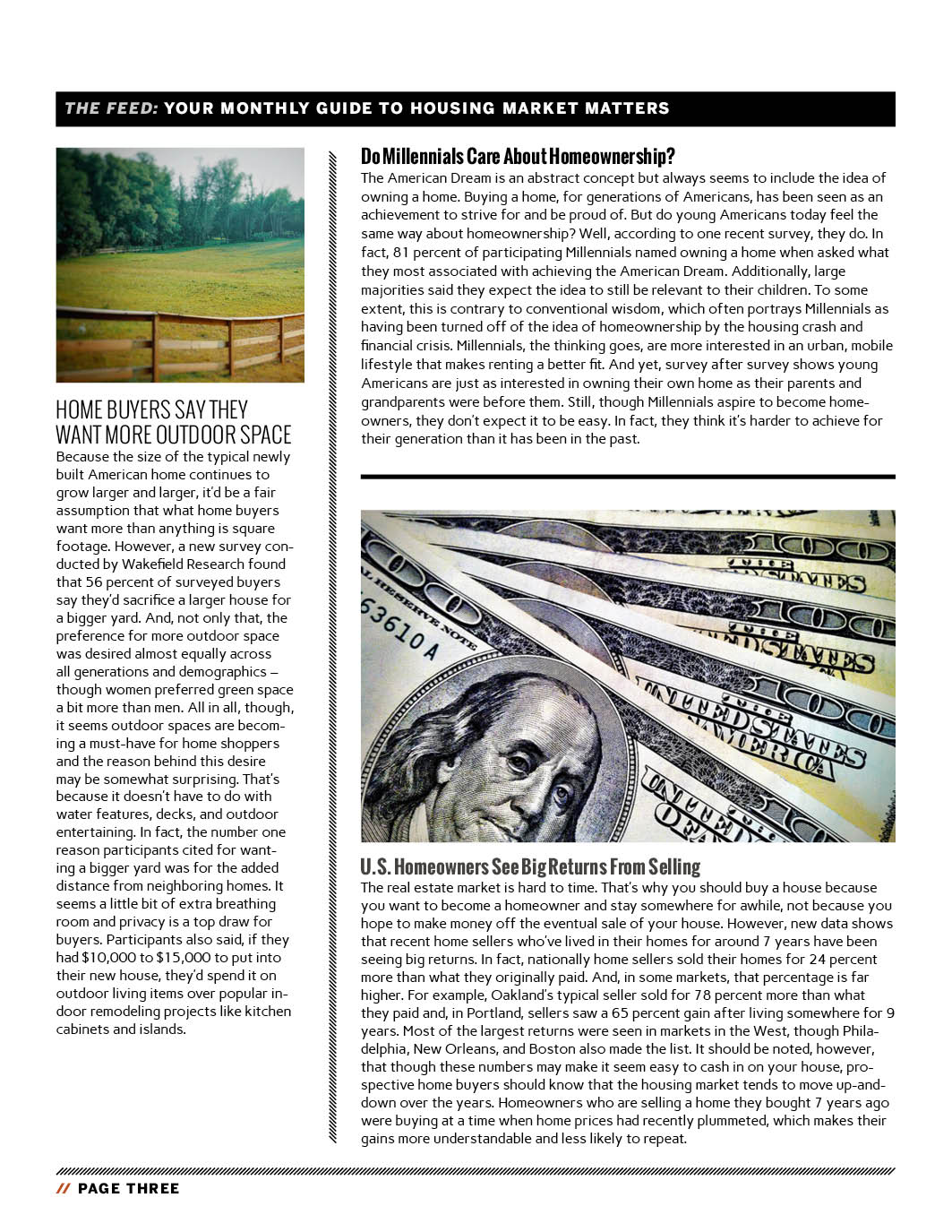ATTOM Data Solutions’ Q3 2017 U.S. Home Affordability Index looks at how affordable homes are based on the percentage of average wages needed to make a monthly payment on a median-priced house in 406 counties across the country. According to the results, affordability conditions improved, compared to the previous quarter, in 60 percent of all analyzed counties. That’s an encouraging trend for anyone thinking about buying a home this fall, as it means buyers can expect to find more favorable conditions than they did over the summer. Daren Blomquist, ATTOM’s senior vice president, said the improvement was brought on by decreasing interest rates. “Falling interest rates in the third quarter provided enough of a cushion to counteract rising home prices in most U.S. markets and provide at least some temporary relief for the home affordability crunch,” Blomquist said. “More sustainable relief for the affordability crunch, however, will need to be some combination of slowing home price appreciation and accelerating wage growth.” For example, since hitting bottom in 2012, home prices have risen 73 percent, while average weekly wages have only improved 13 percent over the same time period. More here. 
Exterior Features To Check Before Buying A House
Vast Majority Of Renters Say They Want To Buy
Recent data from Fannie Mae shows a large majority of current renters intend to one day buy a house. In fact, just 18 percent of surveyed renters said they plan to remain renters forever. So what are some of the obstacles renters face when thinking about whether or not they should begin taking steps toward homeownership? Well, the upfront costs of buying a home were the top answer, with 45 percent of respondents citing coming up with money for a down payment and closing costs as the obstacle that keeps them from buying. However, an almost equal amount said they were most concerned about their credit. Other answers included insufficient income, too much debt, confusion about the buying process, and job security. In short, current renters want to buy but are worried they aren’t financially secure enough to become homeowners. And, though that is a legitimate concern, Fannie Mae also points out that their pervious research has shown many potential home buyers overestimate the size of the down payment they’ll need and are unaware of many of the programs available to help first-time home buyers reach their goal of becoming homeowners. More here.
Green Home Construction Increasingly Common
Green-home features are becoming more popular among home buyers and it’s led to an increasing number of builders who say they’re incorporating green features into the homes they build. For example, the National Association of Home Builders’ Green Multifamily and Single Family Homes 2017 SmartMarket Brief surveyed builders to find out how many were using green-building techniques. According to their findings, one third of builders said green building makes up more than 60 percent of their portfolio. And the expectation is that the number should continue to rise in coming years. Granger MacDonald, NAHB’s chairman, says green homes are here to stay. “These findings show that green building has become an established part of the residential construction landscape,” MacDonald says. “It is no longer a niche business; our members recognize the value of building green and are incorporating these elements into their standard business practices.” The increased interest is being driven by consumers who value things like energy efficiency and are looking for homes that create a healthier environment. Because of this, as awareness of these features grows, so will demand. More here.
October Newsletter



Economic Optimism Drives Demand For Homes
A new survey from the National Association of Realtors shows Americans are optimistic about their economic situation and increasingly think now is a good time to buy or sell a home. The quarterly survey found a spike in both the number of current renters who think now is a good time to buy a house and homeowners who say it’s a good time to list their house. In fact, among current homeowners, the number who said it was a good time to sell hit a record high. Lawrence Yun, NAR’s chief economist, says the optimism is largely driven by economic conditions. “Jobs are plentiful, wage growth is finally showing signs of life, home values are up considerably in the past five years and the stock market is at record highs,” Yun said. “The economy is not perfect, and growth overall is still sluggish, but the financial health of the typical household looks as healthy as it has since the recession.” The survey’s results also show increasing positivity among Americans about their personal financial situation and their outlook for the next six months. More here.
What Homeowners Say Is Their Top Regret
Homeowners Often Overestimate Their Home’s Value
American homeowners may be overestimating their home’s worth, according to new data. The research shows appraisals in August were 1.35 percent lower than homeowners expected. There are a couple of reasons this could be happening. First, there has been a lot of attention paid recently to how far prices have risen over the past few years. But, while this is true, it is not necessarily true in every neighborhood, in every city, across the country. So, homeowners who have been hearing that prices are going up, may have a misperception of just how much their home’s value has risen. As evidence of this, data shows homeowners in the West thought their homes would appraise for less than what they eventually did, while homeowners in the Midwest were disappointed to find their appraisals didn’t meet their expectations. Another possible reason for the misperception is that homeowners are generally attached to their homes. And, if you’ve invested time, money, and maintenance into a property, when it comes time to sell or refinance, you’re naturally going to – not only hope for the best possible outcome – but expect that everyone else who looks at your house will see it the way you do and value you it just as much. Unfortunately, though, that may not always be the case. More here.
How Long Will You Stay In Your New House?
Americans See A Good Opportunity To Sell
For many years, when home prices and mortgage rates were both lower than normal, home buyers had a historic opportunity to find a great deal and lock in an excellent rate. These days, though mortgage rates remain historically low, home prices have rebounded and, in some markets, surpassed previous peaks. Which explains why the most recent results of Fannie Mae’s monthly Home Purchase Sentiment Index show more Americans saying it is a good time to sell a house than buy one. In fact, the number of respondents who said it was a good time to sell was up 8 percent over the month before. At the same time, the number who said it was a good time to buy fell. Doug Duncan, Fannie Mae’s senior vice president and chief economist, says the survey has seen its results reversed over the past few years. “In the early stages of the economic expansion, home selling sentiment trailed home buying sentiment by a significant margin. The reverse is true today,” Duncan said. “The net good time to sell share is now double the net good time to buy share, with record high percentages of consumers citing home prices as the primary reason for both perceptions.” But though that may sound like bad news for potential buyers, the more American homeowners put their homes up for sale, the more likely price increases will slow down and offer buyers some relief. More here.

